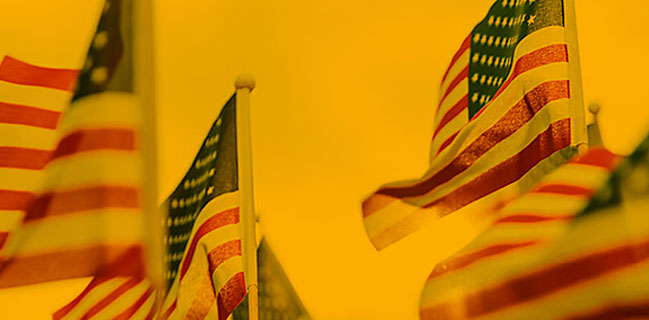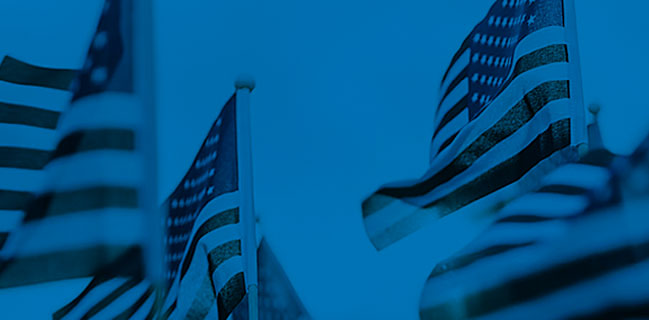
North America
Additional Resources
Article
Benchmarking
Brief
Chart
Database
Essay
Guide & Reference
Live Dashboards
Newsletters & Alerts
Quick Take
Report
Clear All

December 05, 2025

December 03, 2025

December 03, 2025

December 03, 2025
December 02, 2025

November 24, 2025

November 22, 2025

November 21, 2025

November 19, 2025

November 18, 2025

November 15, 2025

November 14, 2025
November 13, 2025

November 11, 2025

November 08, 2025


November 07, 2025

November 07, 2025

November 06, 2025
